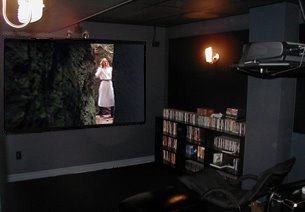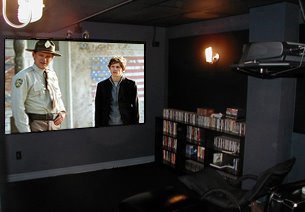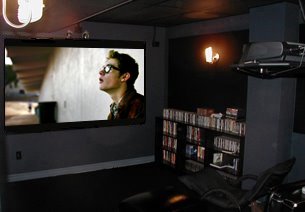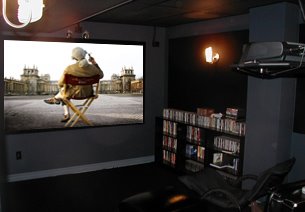KBT Presents: PICNIC AT HANGING ROCK

Peter Weir has always been on of those fascinating directors who seem to be able to make art films in the mainstream, usually cast with big stars. He has used Richard Chamberlain, Mel Gibson, Harrison Ford, Robbin Williams, Jim Carrey and Russell Crowe to name a few. Even if you are not familiar with Weir's name, and do not typically bother with arthouse cinema, you have probably caught at least one of his films in the past 20 years: Master & Commander, The Truman Show, Fearless, Dead Poets Society, The Mosquito Coast or Witness. It is particularly challenging to make a broadly appealing film that often features an ambiguous ending and is full of philosophical and ethical musing. Weir walks this line better than any filmmaker currently alive. (on a side note: I am anxious to see what he does with William Gibson's information-thriller novel Pattern Recognition)
Before Weir moved to America, he made several films in his homeland of Australia. In the mid 1970s, in particular, his films featured the supernatural. Far from typical horror fare, these films would be better described as "uncanny" than horrific; a creeping sense of the unease of not knowing why things are happening is the driving force of these film, and the effects on the confused characters serve as the horror element.
Picnic at Hanging Rock is the best of these films (for the record, The Last Wave and The Cars That Ate Paris are the other two). Set at the turn of the 20th century, the theme is one common in Australian cinema: the 'civilized world' bumping up against the immense mysteries of the large unexplored wilderness Down Under. During a Valentine's Day picnic outing of an all girls school, several of the girls mysteriously disappear. The community and the remaining girls react differently to a mystery which does not seem offer a substantial solution. Some of the reactions are quite shocking. The quiet pacing at the beginning of the film have the effect to lull the viewer and leave them unprepared for some of the shocks in the second half. Indeed, while clothed in white petticoats, open sunshine, and gorgeous cinematography, Picnic at Hanging Rock still offers horrors of the kind that dig deep into the soul.
Come out and enjoy my favorite Peter Weir film on Thursday August 24th. 8pm for cocktails. 8:30 for trailers and showtime.



